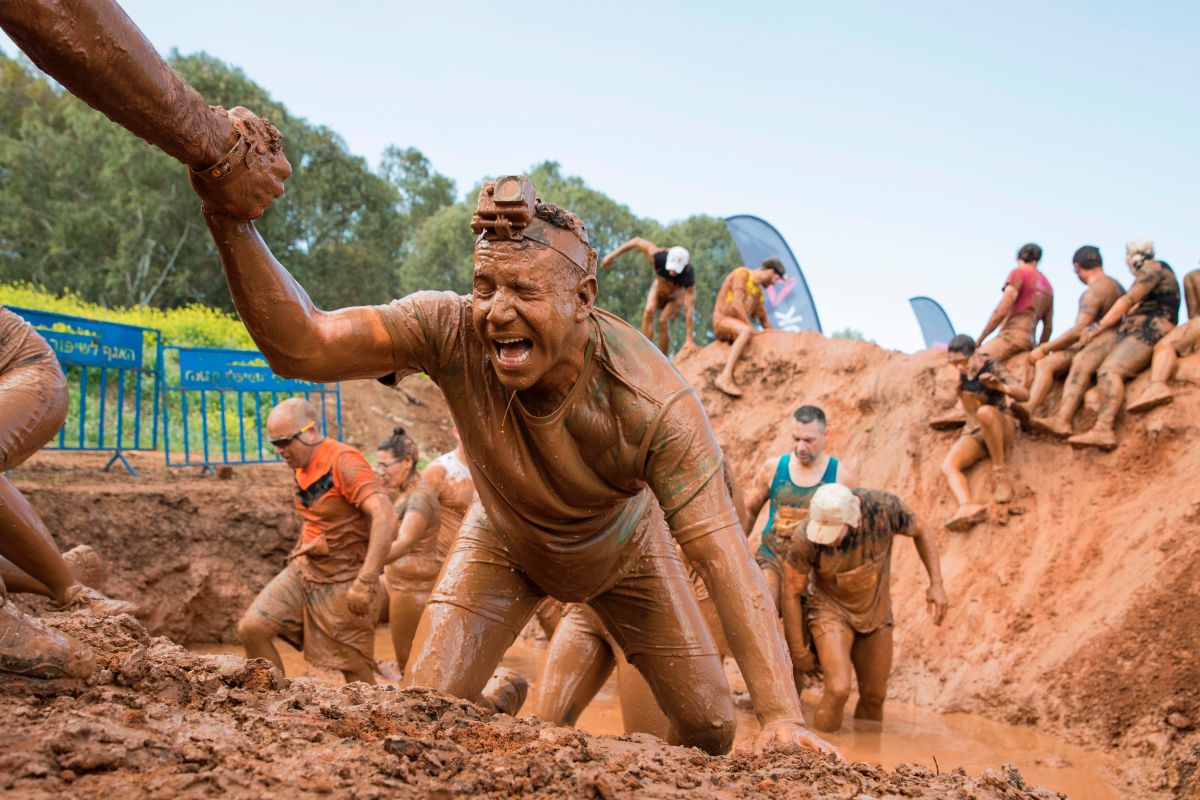Move over marathons, the obstacle-course race is here. For the endurance athletes who get bored just running around, a new genre of race has emerged: A course that includes obstacles requiring feats of strength and dexterity, like crawling under barbed wire or up a rope, or throwing spears, or doing burpees. These races are designed to be over-the-top spectacles, where participants end up covered in mud, or even blood, and looking like they went through battle. The two biggest obstacle-course races are held by Spartan and Tough Mudder. These organizations put on races that are between three and 30 miles long and have up to 35 obstacles along the way. Participation in traditional road races, like marathons and 5K’s, is still high but is on the decline in the United States. But at the same time, participation in obstacle-course races is on the rise. Tough Mudder reports 2 million total participants and Spartan claims 5 million, reports The Atlantic.
“Look, at the end of the day, most of us are extremely lazy and our modern environment allows us to be lazy. If someone wants to change that and feel good and go exercise, does a 26.2-mile run on pavement sound appealing?” Joe De Sena, the founder of Spartan, said to The Atlantic. “In contrast, with [Spartan], it’s just badass and more fun. The imagery, the videos, it’s just more likely to rip someone off the couch.”
Thanks for reading InsideHook. Sign up for our daily newsletter and be in the know.


















